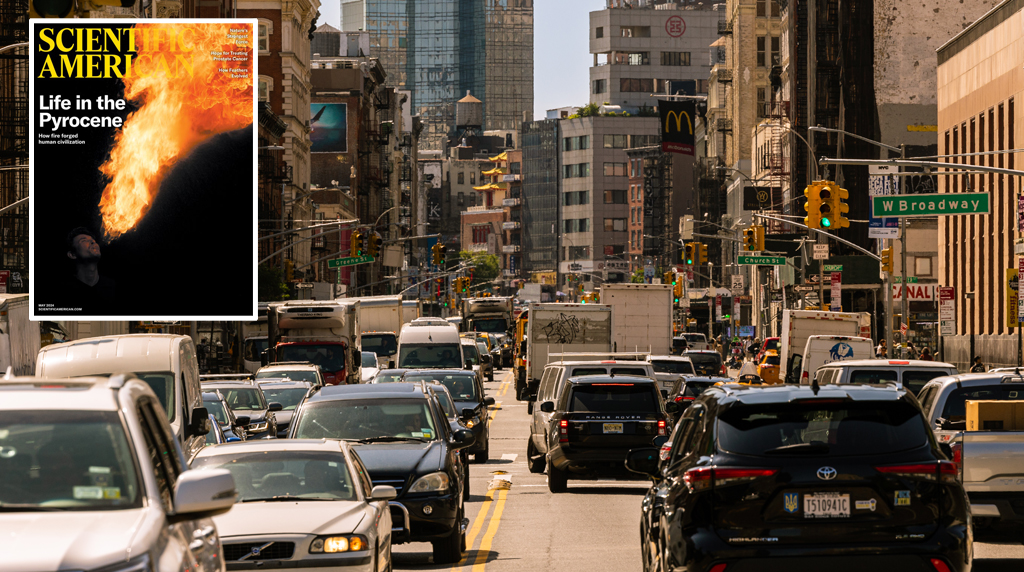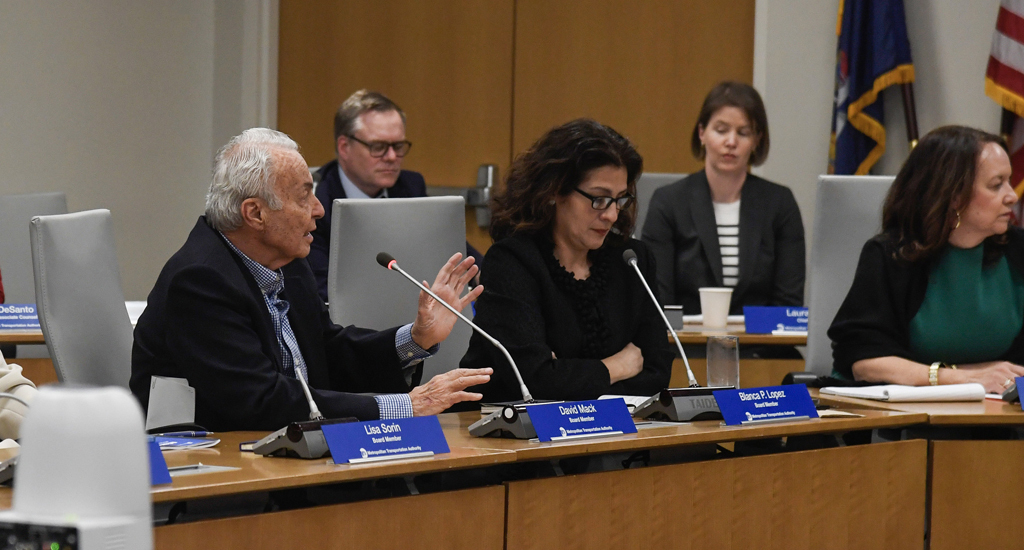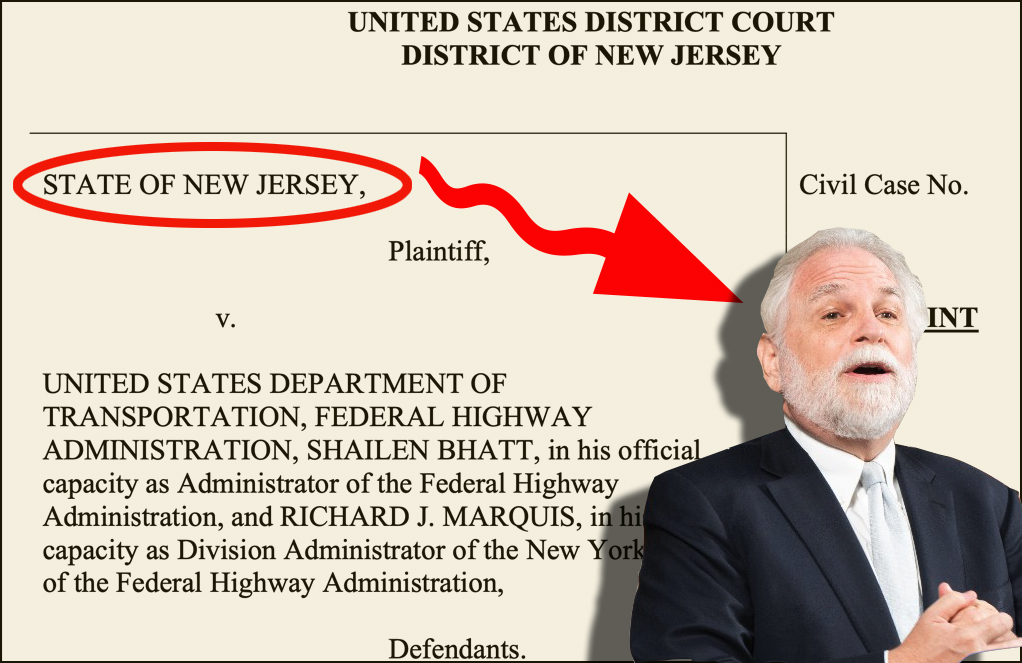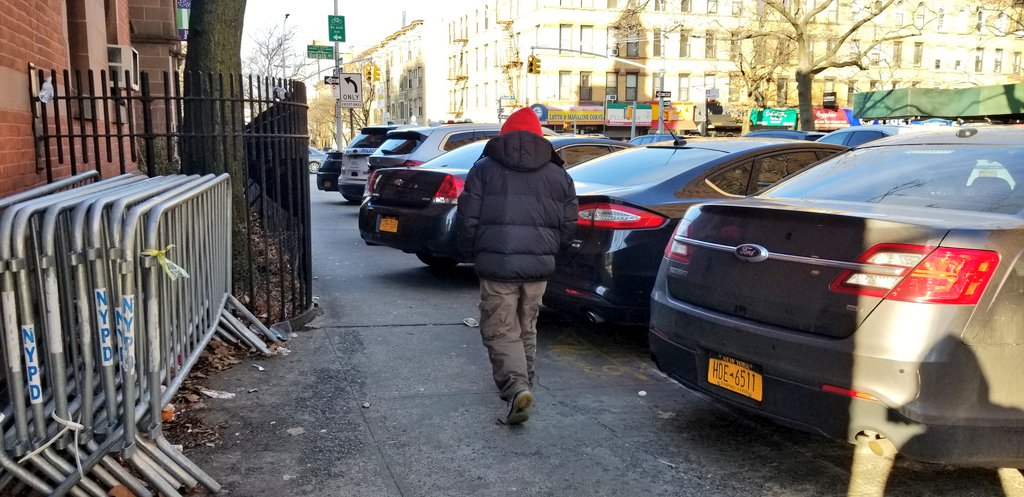 The explosive growth in cycling across NYCDOT's screenline tracks closely with rising bike commute rates among Brooklyn residents, but not with the slower citywide growth trend.
The explosive growth in cycling across NYCDOT's screenline tracks closely with rising bike commute rates among Brooklyn residents, but not with the slower citywide growth trend.There were two developments today spotlighting the evolution of cycling in New York City. Transportation Alternatives came out with their updated figure for the number of people who bike in the city each day, an estimate that has climbed to 236,000. And a team of researchers led by Rutgers University professor John Pucher released their long-awaited study, "Cycling in New York City: Innovation at the Urban Frontier" [PDF]. While both point to a significant rise in cycling, the Pucher paper makes much more sober assessments about cycling growth than TA's claim that the number of daily cyclists now exceeds 200,000.
The Pucher paper is a broad survey of cycling trends in New York, focusing heavily on what's happened since 2000. It covers a lot of ground about who bikes, how much cycling has increased, what's behind the rising popularity of cycling and what's holding New Yorkers back from biking more. (We'll have more on the report later -- you should really read the whole thing.) The daily cyclist count from TA is a calculation that's updated every year, based mainly on data from NYCDOT's screenline counts, which record the number of cyclists who cross the East River bridges and 50th Street on the Hudson River Greenway, as well as bike commuters who take the Staten Island Ferry.
Both sources show a city where cycling is on the rise, but the Rutgers authors refrain from extrapolating citywide bike ridership. In fact, one of the Pucher team's major points is that the screenline count is an imperfect basis for approximating total cycling volume, and that New York City needs a better way to gather information on bicycle travel.
Pucher is highy skeptical of the 236,000 figure calculated for TA by transportation analyst (and Streetsblog contributor) Charles Komanoff. Because the screenline captures cyclists in downtown Manhattan and northwest Brooklyn -- where, according to census data, bike commute rates are the highest -- extrapolating citywide bicycling rates from it involves a lot of uncertainty. "All of us agree that
there's been big increases in cycling," said Pucher. But, he added, "there's so many assumptions that you can question" in the TA estimate.
When I spoke to Komanoff this afternoon, he said some components of his formula, which hasn't changed much since 1992, should be re-examined and updated.
So is there a better way to calculate how many people ride a bike in New York City each day?
Well, there are big flaws with the other data that's out there too -- which mainly consists of travel surveys conducted by the U.S. Census Bureau. The problem with travel surveys, said TA's Wiley Norvell, is that bike trips get undercounted. "Secondary modes get discounted," he said. "There's a lot of auxiliary and incidental travel that isn't included."
In other words, because the census survey only counts your "primary mode" of getting to work, if you bike to the train or the bus, that won't get counted as a bike trip. If you bike to work once or twice a week, you won't show up in the census data as a bike commuter at all. Trips to the store or to visit family or friends don't get counted, and neither do recreational rides.
Pucher said the shortcomings of census data are as exasperating as the screenline count's deficiencies. His team looked at the three-year average from census surveys in 2006, 2007, and 2008. That yielded an estimate of 25,000 New Yorkers who primarily commute by bike. "There's just no question that the data understates total cycling," Pucher said. In addition to undercounting non-commute bike trips, he said, the census undercounts cycling by the city's enormous immigrant population.
Data from a different survey -- the National Household Travel Survey -- should provide a clearer picture of bicycling rates in New York, because it counts a wider variety of bike trips than the census. The detailed New York State NHTS data for 2009 hasn't been released yet, however, and prior to last year the survey hadn't been conducted since 2001. Pucher is itching to get his hands on the new numbers.
When I asked Pucher to hazard an estimate of the total daily cycling figure for New York City, he hesitated to name a number. Eventually he sketched out a range. "The percentage of work trips by bike is maybe a third or a half of the total," he said, referring to a rule of thumb among bike planners. So using the census number -- 25,000 daily commuters -- there are at least 50,000 bike commute trips and thus 100,000 to 150,000 total bike trips each day, Pucher said. After factoring in all the ways the census undercounts cycling, he was willing to venture that the number of trips is somewhat higher than that. (Note that we're talking about trips, not individual cyclists.)
Pucher's underlying point -- and, I suspect, the reason he was reluctant to give me an estimate -- is that New York City lacks the data to really understand how many cyclists are using its streets. "The bottom line is, we need a better survey," he said. "In Portland, every single year, they have travel surveys, broken down by mode,
gender and age. Why don't we have that in New York City? It's something that
NYMTC [the New York Metropolitan Transportation Council, the agency that plans how to spend federal transportation funding] should be doing. It's really the fault of the metropolitan planning organization for not having
conducted the right kind of survey, that does include work trips and
non-work trips, and covers all different parts of the city. Above all it will help determine where we build facilities and what types we build."
A more rigorous approach to measuring bicycling would help guide decisions about bike infrastructure, Norvell agreed. "The complexity
and depth of knowledge we have of driving behavior is part of the
reason driving is so heavily subsidized," he said. "If we knew more about the way
cyclists behave, we'd know more about where to invest in cycling
infrastructure."
One thing the screenline counts definitely tell us, said Pucher, is that recent investments in bike infrastructure in the Manhattan core and near Brooklyn's East River bridges have paid off. "It does confirm that the state-of-the-art facilities in lower Manhattan
and northwest Brooklyn, that they're certainly well used," he said. "That's a vindication
of DOT's policies."
Stay in touch
Sign up for our free newsletter
More from Streetsblog New York City
Thursday’s Headlines: Welcome to the War on Cars, Scientific American
Our favorite story yesterday was this editorial in an unexpected place. Plus other news.
Meet the MTA Board Member and Congestion Pricing Foe Who Uses Bridges and Tunnels For Free Every Day
Mack drives over the transportation authority's bridges and tunnels thanks to a rare perk of which he is the primary beneficent.
Randy Mastro Aspires Join Mayor’s Inner Circle of Congestion Pricing Foes
The mayor's reported pick to run the city Law Department is former deputy mayor under Rudy Giuliani and notorious foe of bike lanes and congestion pricing.
Donald Shoup: Here’s a Parking Policy That Works for the People
Free parking has a veneer of equality, but it is unfair. Here's a proposal from America's leading parking academic that could make it more equitable.
Brooklyn Civic Panel Can’t Agree How to Solve NYPD Sidewalk Parking
Move the illegal sidewalk parking or denounce it altogether?




